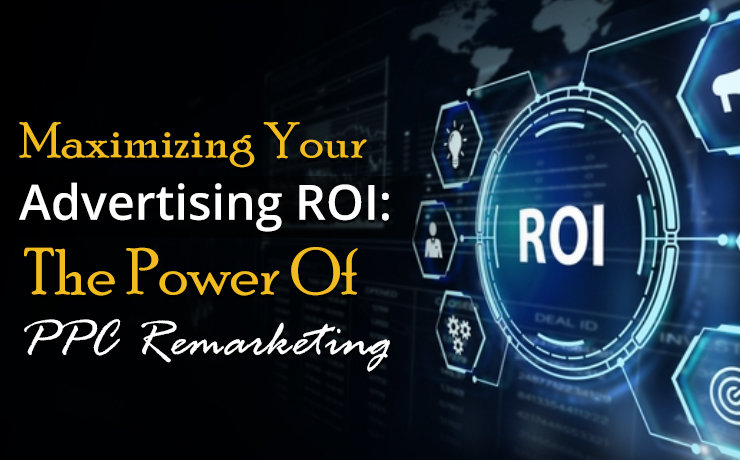Advanced Campaign Tracking: You Can’t Improve What You Aren’t Measuring

Michael Guzman
Associate Director Of Enterprise PPC
If you are running digital marketing campaigns in 2020, you are probably already familiar with conversion tracking. However, I am sure more than a few small businesses out there are running into the same situation: your agency is claiming that all the stats look good – high CTRs, low CPAs, so everything is great – right? One problem: the quality of leads isn’t up to par, or – at the very least – wildly inconsistent. But how can we improve?
Passing UTM Parameters
If you aren’t familiar with these by now, this would be the first step. By tagging your URLs with the following:
https://www.yourdomain.com??utm_campaign={campaignid}&utm_source=google&utm_medium=cpc&utm_term={keyword}
In the example above, ‘{campaignid}’ is a dynamic variable that will pull from Google Ads, which you can then cross reference with the data in-platform. You can also set the utm_campaign variable manually so that the data is a bit easier to parse (for example, ‘us_non-brand_product-line’). Source will typically encompass the channel you are tracking (Google, Facebook, LinkedIn, etc.). Medium will usually be something along the lines of ‘cpc’ for paid campaigns, ‘organic’, ’email, etc.
Additionally, you can utilize utm_term to dynamically pass keyword data via the usage of ‘{keyword}’. One other variable not mentioned above is utm_content, which can be helpful – especially for display campaigns. You can set this to provide more data on the specific creative you are utilizing such as ‘728x90_blue-header’.
However, passing these UTM Parameters is only the first step.
Collecting UTM Parameters
The next step is to ensure that any forms you are utilizing to collect lead info on-site are set up to pass the UTM parameters from the URL via hidden fields in the form, so that you can collect and aggregate this data on your end. I won’t go into the details here, as we are going to be mostly focusing on the marketing side of things – however, your technical teams should be able to set this up for you!
Once you have the hidden fields set up to pass UTM parameters, it is simply a matter of how to aggregate this data. For smaller clients, receiving leads through e-mail, we might simply set up the email to display these UTM parameters. We can then aggregate and compare cost for various campaigns, keywords, etc. against where we are seeing the most quality leads.
If you want to take this a step farther, you can connect your lead gen forms with a CRM such as Salesforce or HubSpot. Integration would be similar, and – in some cases – there are already features so that your particular CRM can collect the UTM parameters that you are passing via these hidden fields. It’s worth reaching out to your support rep to see what might be the easiest implementation, but typically you need only Google ‘UTM parameters + ‘your CRM’ and you’ll have access to a wealth of info on getting this set-up.
This is the ideal solution as you could then set opportunity stage for each lead to compare results (leads vs. closed won, etc.). Not only that, but you should be able to attribute revenue to these leads which you could then include in your analysis when comparing campaign data in-platform vs. what you are seeing in your CRM.
Analyzing The Data
Now that you have your data collected, it should be as simple as exporting with all of the relevant columns – all of your UTM parameters, opportunity stage, potential return and even revenue in the case of closed won leads. Once you have all of this data exported, it should be as simple as filtering and pivoting to determine which campaigns, keywords, creative, etc. are driving the greatest return for your organization.
If you are not connected to a CRM, there are plenty of other ways to pull this data into a spreadsheet so that you can start to play around with the data and figure out where your campaigns are most effective.
Putting It All Together
Though this is meant as more of an introductory for small businesses that are still focused on conversions in-platform, the possibilities are endless. Once you are collecting this data, you can then pass back to Google via off-line conversions to have this data sync with what you are seeing in-platform. This can allow you to make better determinations in-platform, utilizing all of the data available to you.
Once you’ve gone down this rabbit hole, it’s only a matter of time before you start building a more robust model for your small business to better understand customer acquisition costs, return on advertising spend and ultimately, customer lifetime value on a campaign-by-campaign basis.
Good luck!
 Free
Consultation
Free
Consultation Free
Google Ads Audit
Free
Google Ads Audit







